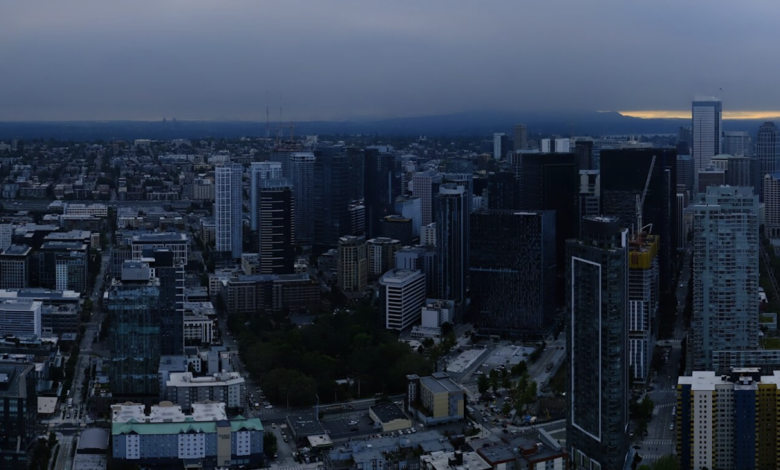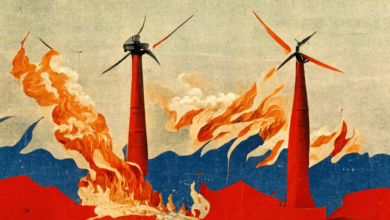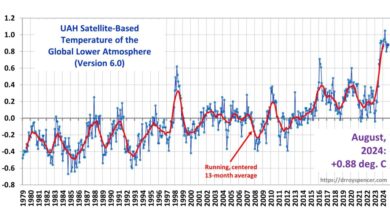Darkness falls over Washington state

One of the less pleasant pleasures of living in Washington State is the “return darkness” in the fall. The rapid decline in solar radiation is especially noticeable at this time of year.
And this is not discouraging for some people.
To illustrate, below is the solar radiation received at the surface at a site in Seattle near the University of Washington (WSU Ag Weather website) from late June through yesterday.
You can see the sun’s rays gradually decreasing over time and recently decreasing sharply as clouds increasingly block the declining radiation due to normal seasonal changes in meteorology.
Yesterday the radiation dropped to about a quarter of its summer peak. It was terrible.
Richland, which has less cloud, had a lower but still significant decline.
To better understand why September is the worst month for sun lovers, consider the average solar radiation chart for Seattle (below). The vertical red line shows today.
Oh my. Surface sunlight is RAPIDLY DECREASE….to about half of its peak in late June/early July.
The main factors that cause us to lose the sun’s warm rays include changes in the sun’s angle (the sun is lower in the sky) and rapidly shortening days.
The chart below shows you the length of the day (light blue) and night (black) in Seattle, with the vertical white line today. We barely had many nights in late June, but it’s increasing FAST now.
The extreme seasonal variation in solar radiation in our area…both astronomical and meteorological…has a huge impact on solar energy and is why solar is really not a viable source in our area for most of the year.
Let me illustrate with some official NREL solar graphics.
In July, there is a lot of solar power for the Northwest, especially Oregon and eastern Washington.
September is still a good month for solar radiation across the Columbia Basin and eastern Oregon, but conditions are rapidly declining in western Washington.
By December, only the Southwest and perhaps the Southeast will have significant solar generation capacity.
So if you live in Washington state, consider buying a solar lantern, and if you have the money, head to a sunnier place in the middle of winter. No wonder Alaska Airlines bought Hawaiian Airlines.













